Gender fluidity isn’t just a human concept—it’s a fascinating biological reality in the underwater world. Several fish species possess the remarkable ability to change their sex during their lifetime, a phenomenon known as sequential hermaphroditism. This adaptation represents one of nature’s most extraordinary examples of reproductive flexibility and has evolved independently in multiple fish lineages. From the iconic clownfish made famous by “Finding Nemo” to the less celebrated but equally impressive wrasses, groupers, and gobies, sex-changing fish offer a window into the remarkable diversity of reproductive strategies in the animal kingdom. This article explores the biological mechanisms, evolutionary advantages, and ecological significance of sex change in fish, challenging our understanding of what it means to be male or female.
The Science of Sex Change in Fish
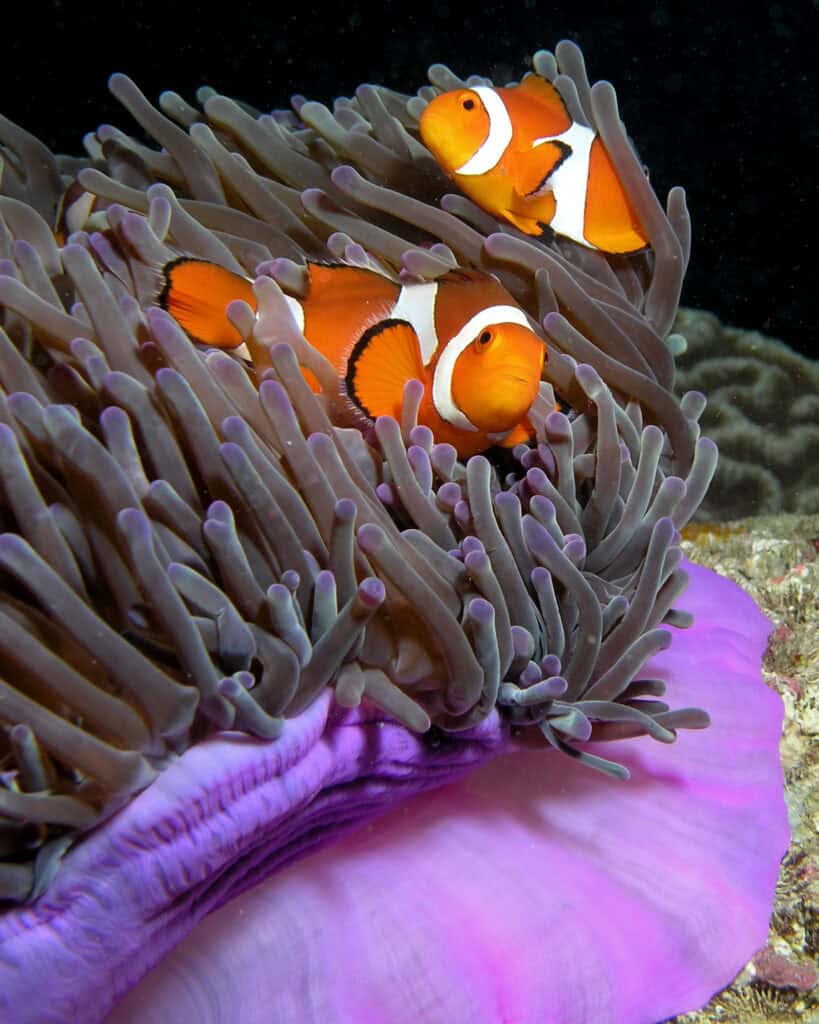
Unlike mammals, where sex is typically determined at conception and remains fixed throughout life, many fish species have evolved the remarkable ability to change their reproductive organs and functions completely. This process, known as sequential hermaphroditism, involves the transformation of gonads from producing one type of gamete (sperm or eggs) to producing the other. The change is comprehensive—affecting not just reproductive organs but also secondary sexual characteristics, behaviors, and even brain structures. This transformation is controlled by complex interactions between environmental cues, social factors, and hormonal systems. When triggered, a cascade of gene expression changes leads to the regression of one gonadal tissue type and the development of another, along with corresponding changes in body size, coloration, and behavior. What makes this especially remarkable is that it’s a complete functional transformation, not merely a superficial change—these fish become fully reproductive members of their new sex.
Protogynous Sex Change: From Female to Male
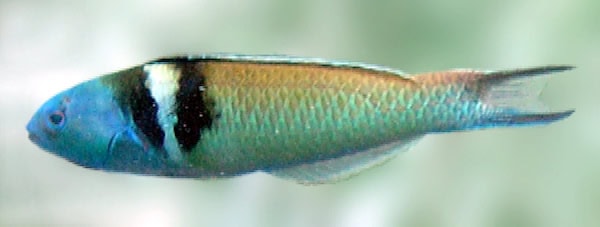
The most common form of sex change in fish is protogyny, where individuals begin life as females and later transform into males. This pattern is particularly prevalent among wrasses, parrotfish, and groupers. In the bluehead wrasse (Thalassoma bifasciatum), for example, most individuals start life as females in harems dominated by a single, brightly colored terminal male. When this male dies or is removed from the group, the largest, most dominant female undergoes a dramatic transformation. Within days, she stops producing eggs, her ovaries begin to degenerate, and testicular tissue develops. Simultaneously, her appearance changes dramatically—developing the vibrant blue head and green body characteristic of males. Hormonal changes drive these transformations, with decreases in estrogen and increases in androgens like 11-ketotestosterone playing crucial roles. Within just 7-10 days, the transformation begins to be visible, and within 2-3 weeks, the once-female fish becomes a fully functional male capable of producing viable sperm. This remarkable adaptation ensures continued reproduction in the social group even after the loss of the original male.
Protandrous Sex Change: From Male to Female

Less common but equally fascinating is protandry, where fish begin life as males and later transform into females. The most famous example is the clownfish (Amphiprion spp.), immortalized in popular culture through the film “Finding Nemo.” Clownfish live in strict hierarchical social groups within sea anemones, typically consisting of a breeding pair and several non-breeding males of different sizes. The largest individual is the female, the second largest is the reproductive male, and the rest are non-reproductive males. When the female dies, the reproductive male grows larger and undergoes sex change to become the new female, while the largest non-reproductive male matures to become the new breeding male. This transition involves complex hormonal changes, with the male’s small testes developing into functional ovaries. The process can take several weeks to months but results in a complete transformation of reproductive capacity. Other protandrous species include certain seabreams (Sparidae family) and some species of porgies, which shift from male to female as they grow larger, maximizing their reproductive potential at different stages of life.
Bidirectional Sex Change: The Ultimate Flexibility

Perhaps the most flexible of all sex-changing fish are those capable of bidirectional sex change—the ability to switch from male to female and back again as conditions warrant. This extraordinary capability has been documented in several species, including the hawkfish (Cirrhitidae family) and some gobies. The most well-studied example is the coral goby (Gobiodon histrio), which lives in mated pairs on coral colonies. If two females find themselves sharing a coral, the larger one may transform into a male. Similarly, if two males end up together, the smaller one may become female. Even more remarkably, if the composition of a pair changes due to death or displacement, the remaining fish can change sex to form a breeding pair with a new arrival. This extreme reproductive flexibility maximizes mating opportunities in their patchy coral reef environment where finding a new mate of the complementary sex might be challenging. The physiological mechanisms enabling these bidirectional changes represent one of the most sophisticated examples of reproductive plasticity in the animal kingdom, involving complex neural and endocrine pathways that can reverse direction based on social cues.
Evolutionary Advantages of Sex Change
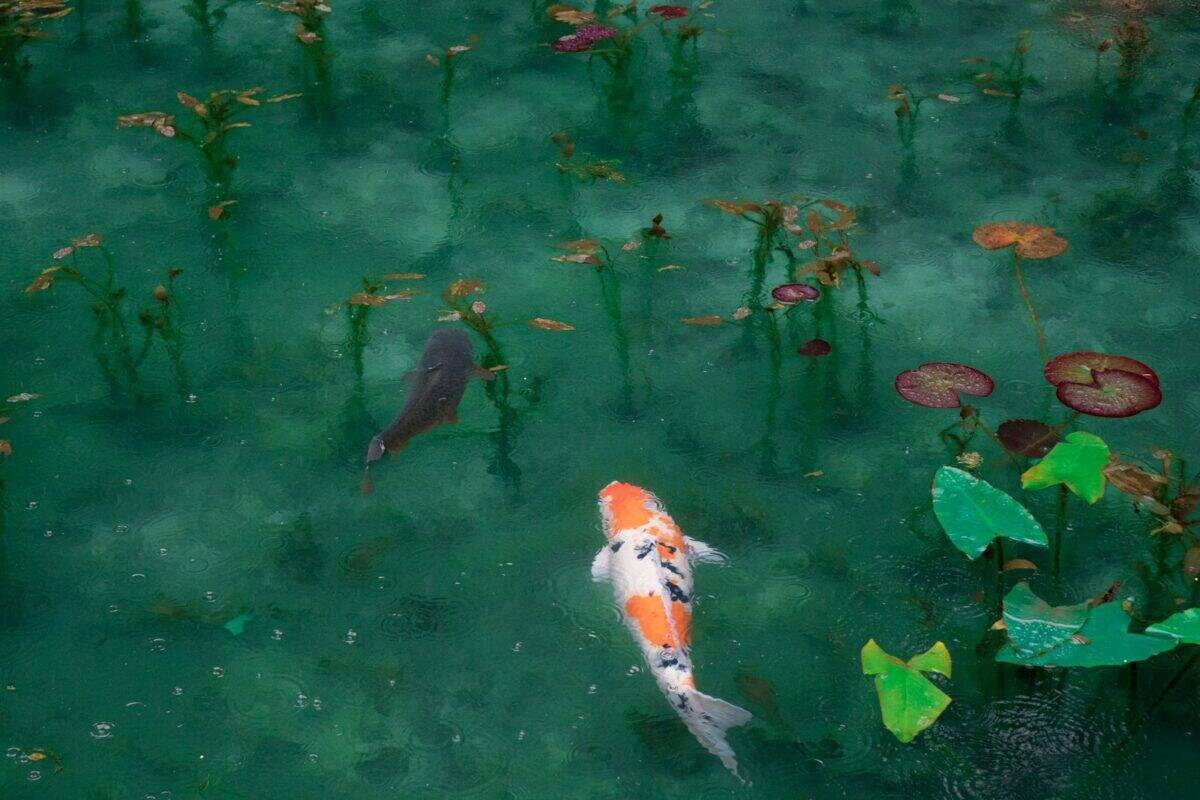
Why would the ability to change sex evolve in the first place? Evolutionary biologists explain this adaptation through the “size-advantage model.” This theory suggests that sex change is advantageous when reproductive success differs between sexes across an individual’s lifespan. In protogynous species like groupers, females have relatively consistent reproductive success regardless of size, while male reproductive success increases dramatically with size because larger males can defend territories and attract multiple females. Therefore, it’s advantageous to reproduce as a female when small and then switch to male when large enough to compete successfully for mating opportunities. Conversely, in protandrous species like clownfish, female fecundity (the ability to produce eggs) increases significantly with body size, while even small males can produce sufficient sperm to fertilize eggs. In this case, maximizing lifetime reproductive success means starting as a male and switching to female when large enough to produce substantial numbers of eggs. These adaptations represent elegant solutions to the challenge of maximizing reproductive output over a lifetime, with natural selection favoring the most efficient allocation of reproductive resources at different life stages.
The Triggers of Sex Change

What actually triggers a fish to change sex? The answer varies by species but typically involves a complex interplay of social, environmental, and internal factors. Social cues often play a dominant role, particularly in haremic species where sex change is frequently triggered by the removal of a dominant individual. In bluehead wrasses, for example, removing the terminal male prompts the largest female to change sex, a process initiated within hours of the male’s disappearance. This rapid response is mediated through visual and chemical signals that indicate the male’s absence. In other species, population density, sex ratio, or relative size compared to groupmates can trigger transformation. Environmental factors like temperature, season, or habitat quality may also influence the timing or likelihood of sex change. For instance, some temperate fish species time their sex changes to coincide with seasonal breeding cycles. The integration of these external cues with internal physiological states ultimately activates the hormonal cascades that drive the physical transformation. This sophisticated responsiveness to social and environmental conditions allows fish populations to maintain optimal reproductive structures even as individuals come and go.
The Hormonal Orchestra of Transformation
Sex change in fish involves a remarkable hormonal symphony orchestrating comprehensive transformations throughout the body. When sex change is triggered, profound shifts occur in the brain-pituitary-gonadal axis. In protogynous species transitioning from female to male, a rapid decrease in estrogen production occurs while androgen levels (particularly 11-ketotestosterone, the primary fish androgen) rise significantly. These changing hormone ratios drive the degeneration of ovarian tissue and the proliferation of testicular tissue. Simultaneously, these hormones reshape the fish’s external appearance and behavior—changing coloration patterns, fin structures, and even brain regions associated with mating behaviors. Molecular studies have revealed that key genes in the sex-determination pathway, such as dmrt1, foxl2, and cyp19a1a, undergo dramatic changes in expression during transition. Modern genetic techniques have allowed scientists to identify hundreds of genes whose expression changes during sex transformation, affecting everything from gonadal development to neurotransmitter systems involved in behavior. This complex hormonal and genetic cascade represents one of nature’s most dramatic examples of biological plasticity and challenges traditional notions of fixed biological sex.
Remarkable Examples in Coral Reefs
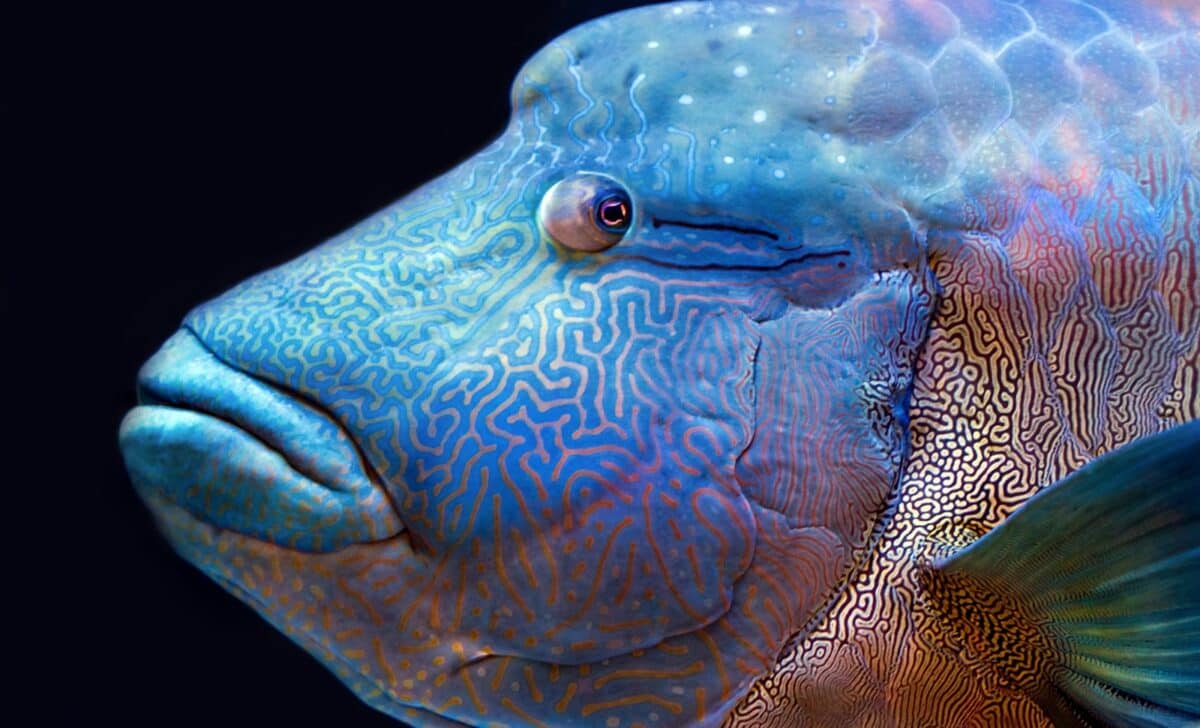
Coral reefs harbor some of the most dramatic examples of sex-changing fish. Consider the bluehead wrasse, whose terminal males patrol territories on the reef and maintain harems of females. When a male is removed, typically by a predator, the largest female transforms not only internally but externally, developing the spectacular blue head and green body pattern that gives the species its name. Even more dramatic is the humphead wrasse (Cheilinus undulatus), one of the largest reef fish, which changes from a modestly colored female to a massive male with a prominent hump on its forehead—a transformation so complete that males and females were once classified as different species. Parrotfish offer another striking example, with some species exhibiting up to three distinct color phases across their sex-changing lifetime. Initially, they exist as drab-colored females in a “primary phase,” then some transition to become brightly colored terminal-phase males with vivid blue, green, and pink patterns. These vibrant colors serve to establish dominance and attract mates. Groupers provide particularly consequential examples, as many commercially important food species change sex, making them especially vulnerable to fishing pressure that targets larger individuals—who are typically the males needed for population reproduction.
Clownfish: Nature’s Most Famous Sex-Changers

The orange-and-white striped clownfish (Amphiprion ocellaris and related species) represents the most widely recognized example of sex change in fish, thanks largely to the animated film “Finding Nemo.” However, the film’s plot contained a significant biological inaccuracy: after Nemo’s mother was eaten by a barracuda, his father Marlin should have changed into a female! In natural clownfish populations, a strict size-based hierarchy exists within each anemone. The largest fish is always female, the second-largest is the reproductive male, and any remaining smaller fish are immature, non-reproductive males. When the female dies, the reproductive male grows larger and transforms into the new female, while the largest juvenile matures into the new reproductive male. This transformation involves comprehensive changes in the gonads, with testicular tissue being replaced by ovarian tissue through apoptosis (programmed cell death) and proliferation of new cells. Behavioral changes accompany this physiological transformation, with the newly female fish adopting the more aggressive territorial behaviors typical of the dominant clownfish. This system ensures that each anemone maintains an optimally structured breeding pair, maximizing reproductive output in these highly territorial fish that rarely venture far from their protective anemone hosts.
Conservation Implications

The sex-changing abilities of many fish species create unique conservation challenges. Many commercially valuable species like groupers and wrasses change sex, typically from female to male as they grow larger. Fishing practices that selectively target larger individuals can therefore remove disproportionate numbers of males from the population, skewing sex ratios and potentially compromising reproductive capacity. For example, studies of gag grouper (Mycteroperca microlepis) in the Gulf of Mexico found that intense fishing pressure reduced the proportion of males in the population from 17% to just 1% in some areas, threatening the species’ ability to reproduce effectively. This selective removal of one sex represents a hidden vulnerability not faced by species with fixed gender. Conservation strategies for sex-changing species often include size limits designed to protect not just immature fish but also enough large individuals to maintain appropriate sex ratios. Marine protected areas can serve as refuges where natural sex ratios can be maintained, and some fisheries management plans now explicitly consider sex change when setting catch limits. These measures recognize that protecting the remarkable reproductive flexibility of these species requires conservation approaches as sophisticated as the biology they aim to preserve.
Sex Change in Temperate Waters
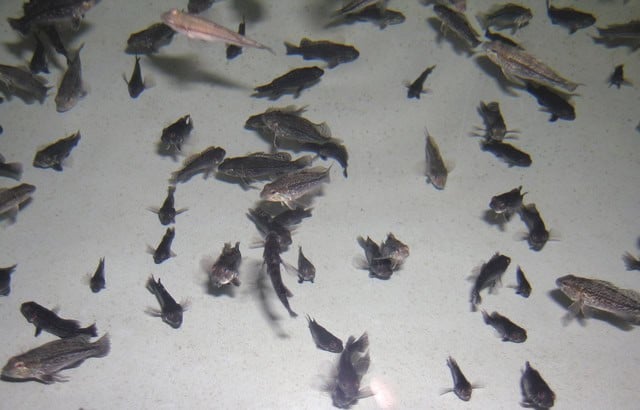
While many famous sex-changing fish inhabit tropical coral reefs, this phenomenon is not limited to warm waters. Numerous commercially important temperate water species also exhibit sequential hermaphroditism. In the North Atlantic, the black sea bass (Centropristis striata) is a protogynous hermaphrodite, with most individuals beginning life as females and transitioning to males between 2-5 years of age. This valuable food fish supports important commercial and recreational fisheries along the U.S. East Coast. In the Mediterranean, the protandrous gilthead seabream (Sparus aurata) begins life as male and transitions to female at around 3 years of age. This species is not only commercially fished but also widely cultivated in aquaculture, where understanding its sex-changing biology is crucial for breeding programs. The California sheephead (Semicossyphus pulcher), a striking red and black wrasse found in kelp forests along the Pacific coast, is protogynous, transitioning from initially red-colored females to larger black-and-red males that control harems on rocky reefs. Research on these temperate species has revealed that their sex-change processes are often more seasonally regulated than their tropical counterparts, frequently coordinating transformation with annual reproductive cycles that are more pronounced in seasonal environments.
Human Applications and Scientific Significance
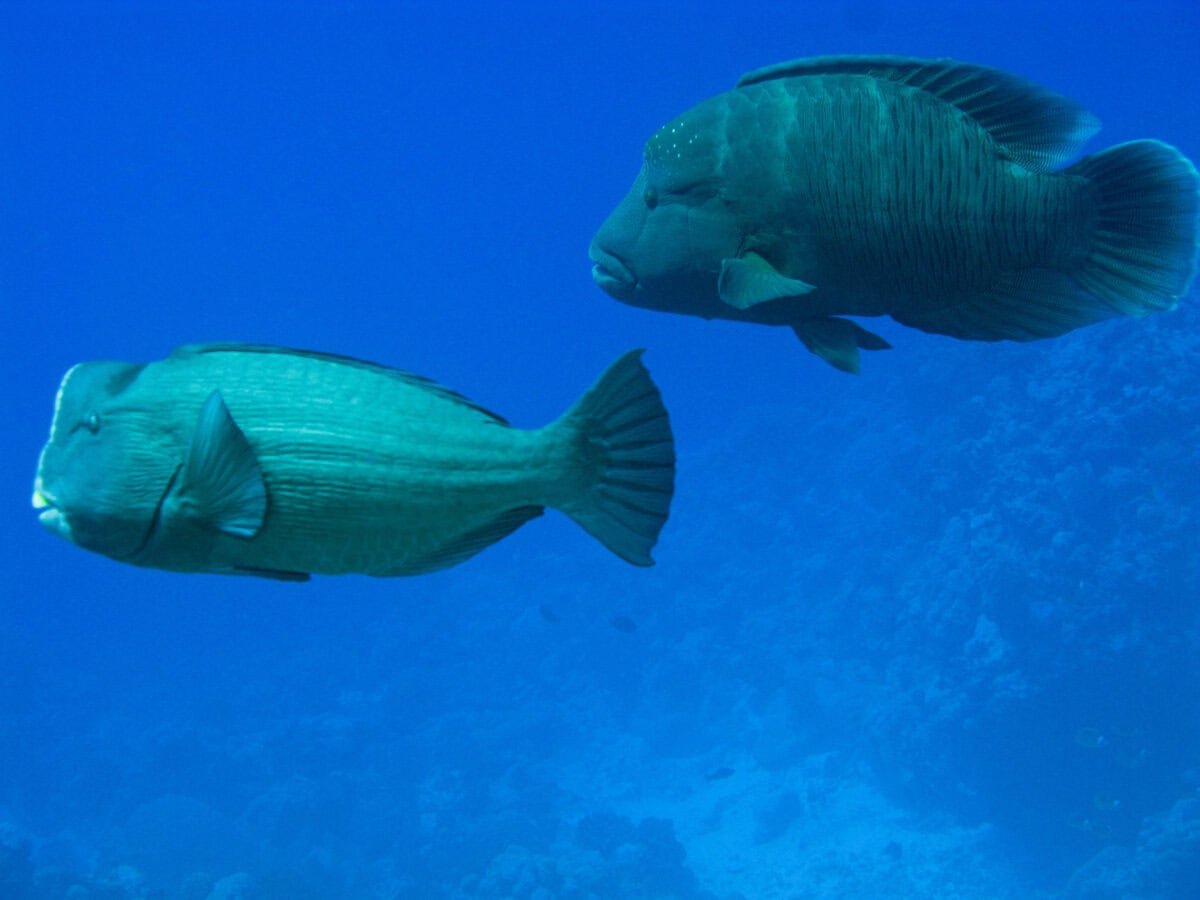
Beyond their intrinsic biological fascination, sex-changing fish have significant scientific and potential medical applications. They serve as valuable models for understanding how vertebrate reproductive systems develop and function, offering insights impossible to gain from studying mammals with fixed sexual development. Research on the molecular mechanisms of sex change in fish has identified key genes and signaling pathways involved in gonadal development across vertebrates, contributing to our fundamental understanding of reproductive biology. These studies have highlighted remarkable conservation of some sex-determining genes across widely divergent species while also revealing the flexibility with which these systems can operate. Some researchers suggest that understanding the controlled cellular processes involved in fish sex change—particularly how certain tissues can be programmed to die while others proliferate—might eventually inform research into tissue regeneration or cancer treatments, where controlled cell death and growth are crucial. Additionally, the ability of fish to naturally reverse changes in brain structure and behavior during sex change provides a unique window into brain plasticity that neuroscientists are just beginning to explore. While direct medical applications remain speculative, these remarkable fish continue to challenge our understanding of biological sex as a fixed, binary characteristic and expand our appreciation of nature’s diversity.
The ability of certain fish species to change sex during their lifetime stands as one of nature’s most remarkable examples of biological plasticity. From the reef-dwelling wrasses and groupers that transform from female to male, to the anemone-dwelling clownfish that shift from male to female, these adaptations represent sophisticated evolutionary solutions to maximizing reproductive success in diverse marine environments. This phenomenon challenges our conventional understanding of biological sex as a fixed characteristic and demonstrates nature’s remarkable capacity for adaptation and flexibility. Sex-changing fish not only captivate our imagination but also contribute to our scientific understanding of reproductive biology, endocrinology, and even the potential for cellular regeneration. As we work to conserve these species and the ecosystems they inhabit, we must appreciate and account for their unique biology—recognizing that protecting nature’s diversity means preserving not just different species but also the remarkable range of reproductive strategies they embody.
- Why Zebras Roll in Dust and Mud - August 9, 2025
- America’s Most Endangered Mammals And How to Help - August 9, 2025
- The Coldest Town in America—And How People Survive There - August 9, 2025

